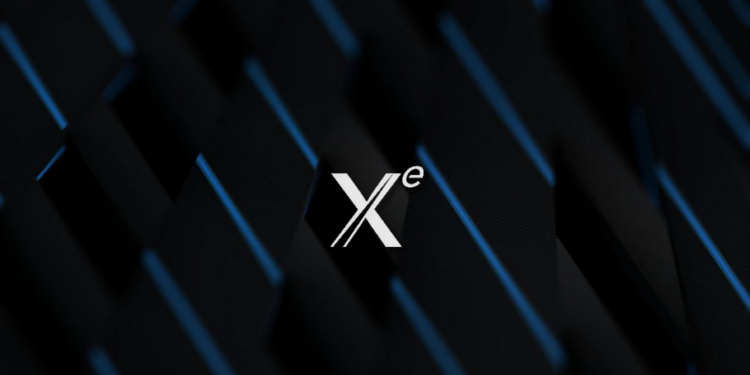Intel users are waiting for their online event in September with baited breaths. Intel is prepared to unveil the 11th Generation of its processors, the Tiger Lake. With its new range of processors, Intel is believed to exploit the Xe graphics that it has worked so hard on. If you’re thinking when did Intel enter the GPU space, exclusively, it hasn’t. But, it is about to. It is already started taking the baby steps in this direction, as Intel claims the Tiger Lake CPUs will challenge the AMD Ryzen 4000 chipset.
The rivalry between AMD and NVIDIA, the latter having a well-deserved upper hand, will get skewed once Intel enters this space. Xe-HPG will add to the Xe microprocessors family, which already consists of Xe-LP, Xe-HP and Xe-HPC. Xe-HPG will appeal at large to the gaming sector and is set to be placed somewhere between the Xe-LP and Xe-HP. USP of this gaming GPU will be the hardware-accelerated raytracing. NVIDIA was the first in the class to introduce us to Ray tracing, with its Turing lineup RTX 20 series GPUs. AMD would also have fulfilled this deficit once they launch their new RDNA 2 architecture later this year.

The Xe-HP series is set to feature an HBM memory like the well-known AMD Radeon VII. The major specifications of Intel’s GPU are still awaited but it is rumoured to be fueled by a GDDR6 memory subsystem. The Xe-HP series, popularly called the Arctic Sound will come with four tile variants, 1, 2 and 4. The 4-tiles variant gets a whopping 2048 Execution units, which is all set to threaten NVIDIA’s A100 chips.



